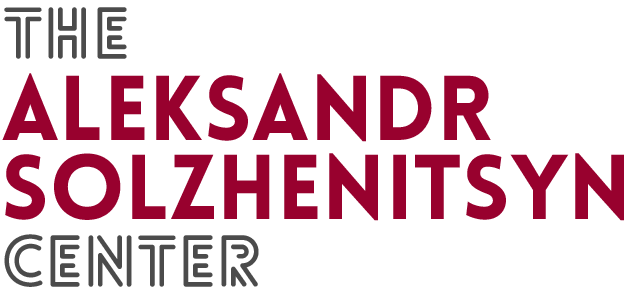Plays and Screenplays > Candle in the Wind
Candle in the Wind
[This] translation of Candle in the Wind into English is long overdue, for the play is yet another testimony to [Solzhenitsyn’s] faith in the human spirit and his concern for the future of mankind […] Solzhenitsyn has always been greatly interested in the theater: after graduating from secondary school in 1936 he applied to enter a drama institute in Rostov in order to train as an actor, but was rejected on medical grounds owing to a chronic throat ailment […] Candle in the Wind was written in 1960 while Solzhenitsyn was working as a teacher of mathematics and physics at a secondary school in Ryazan'. It was initially accepted for production by the Vakhtangov Theater and the Komsomol Theater in Moscow, but was then rejected. Like The First Circle, which he was writing concurrently, Candle in the Wind reflects Solzhenitsyn's professional background as a mathematician and his interests in science and technology. However, whereas in The First Circle Solzhenitsyn is concerned with the misuse of scientific research under Stalin's totalitarian regime, in Candle in the Wind he deliberately chooses an unspecified international setting in order to express his fears about the consequences of an increasingly technological society for humanity in general.
-- from Keith Armes’s introduction to his translation of Candle in the Wind, University of Minnesota Press, 1973
Additional Resources
- From The New York Times- "Hypthosis: We Need Science Also as a Conscience", 1973 September 9
- 1945 (A dramatic trilogy)
Available Formats
Candle in the Wind
Published in 1973 by University of Minnesota Press
Paperback
Amazon

